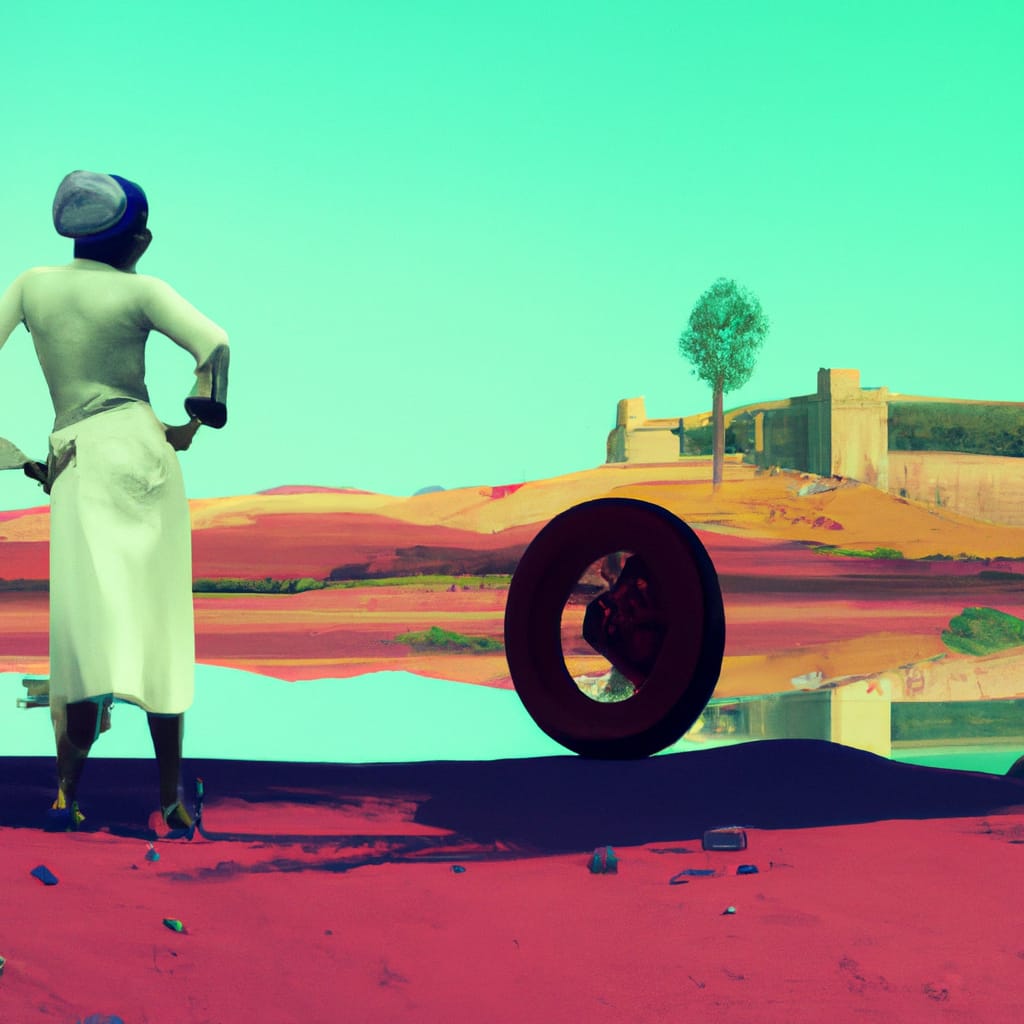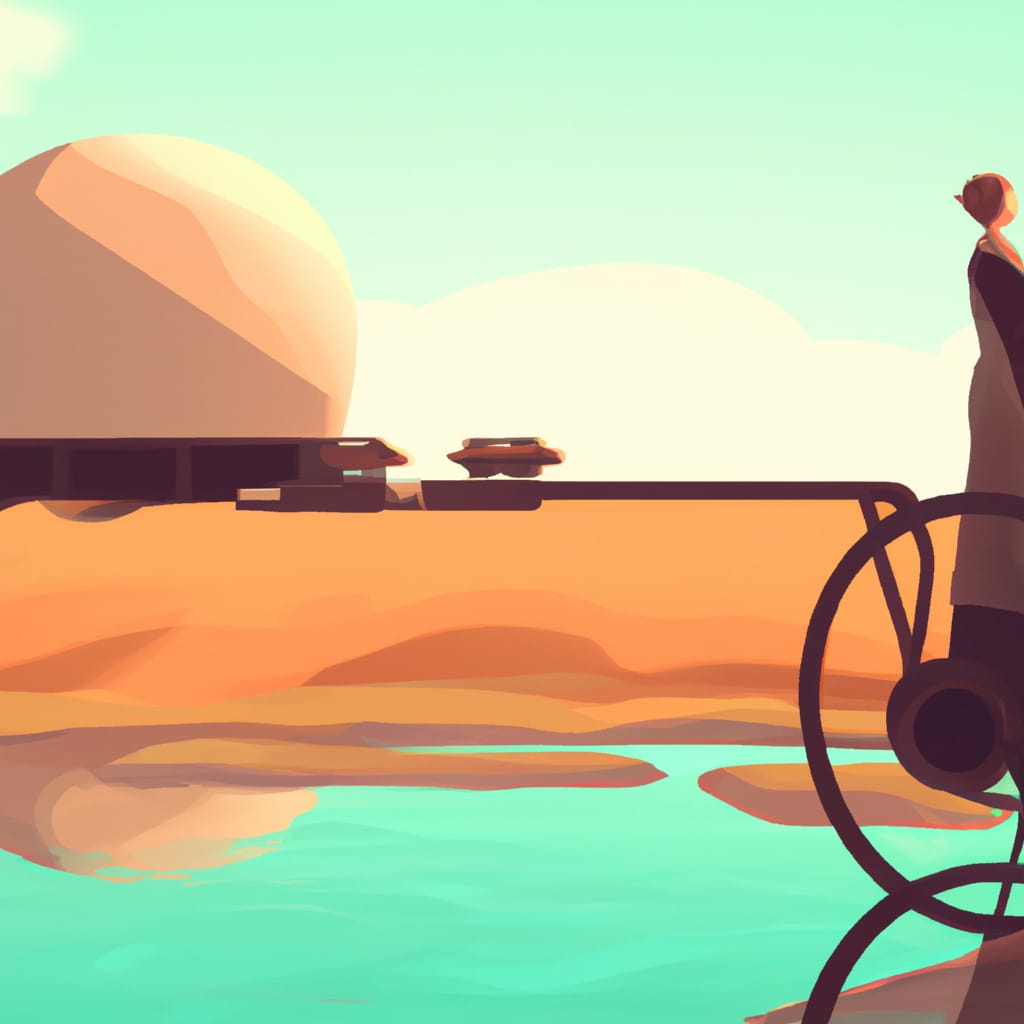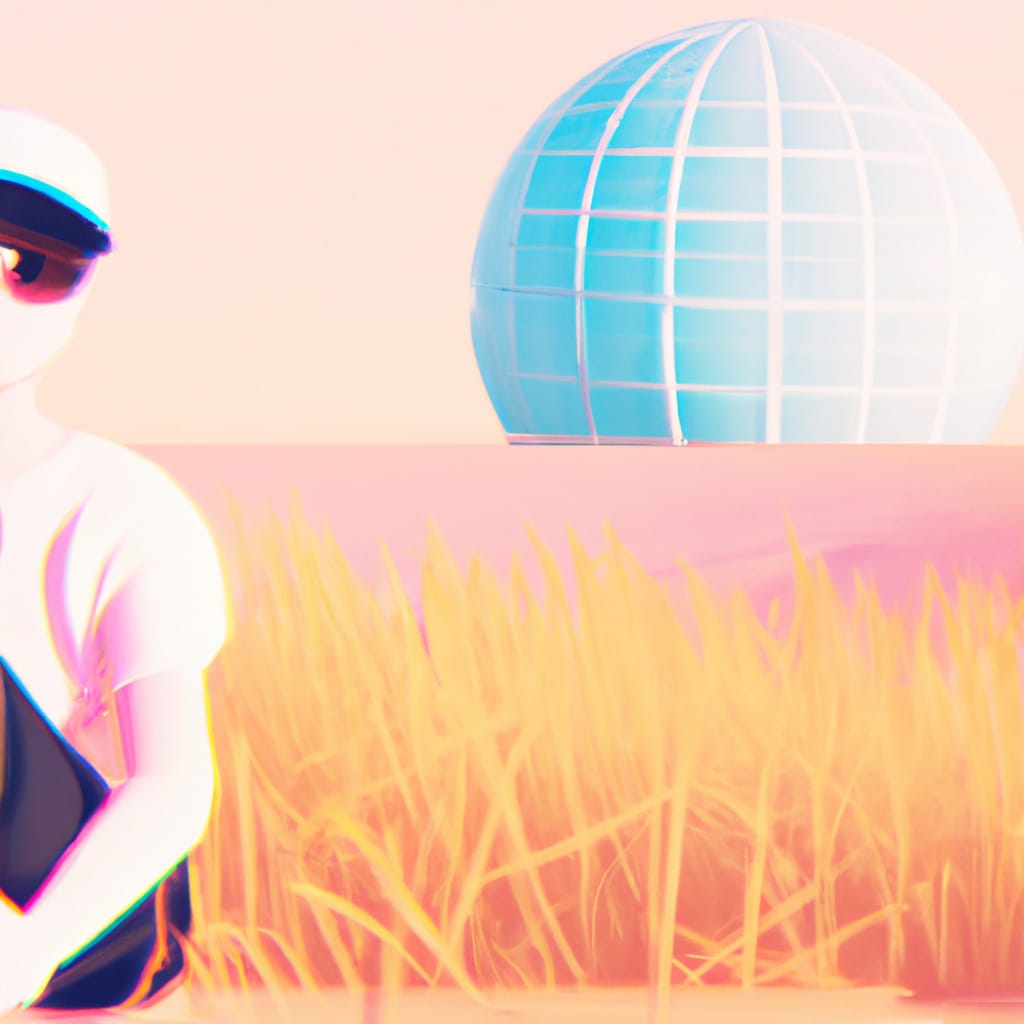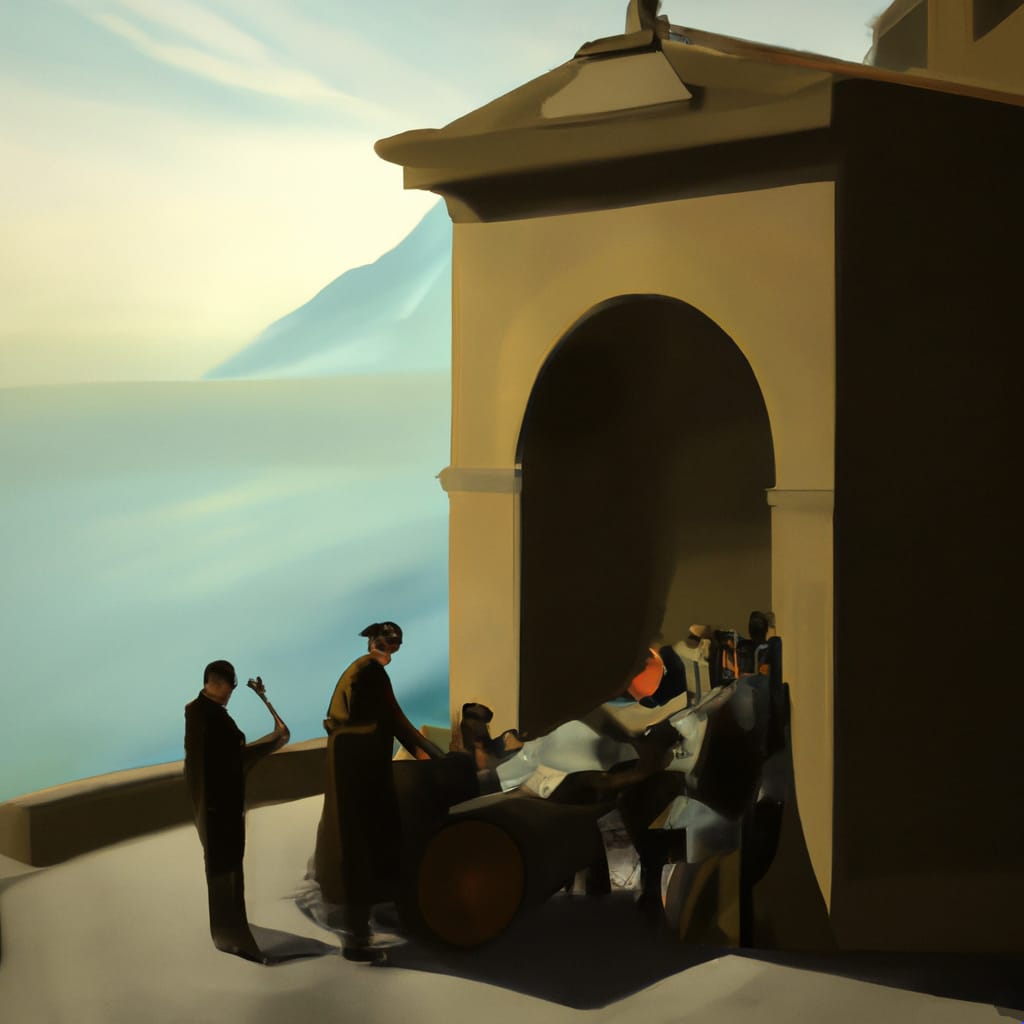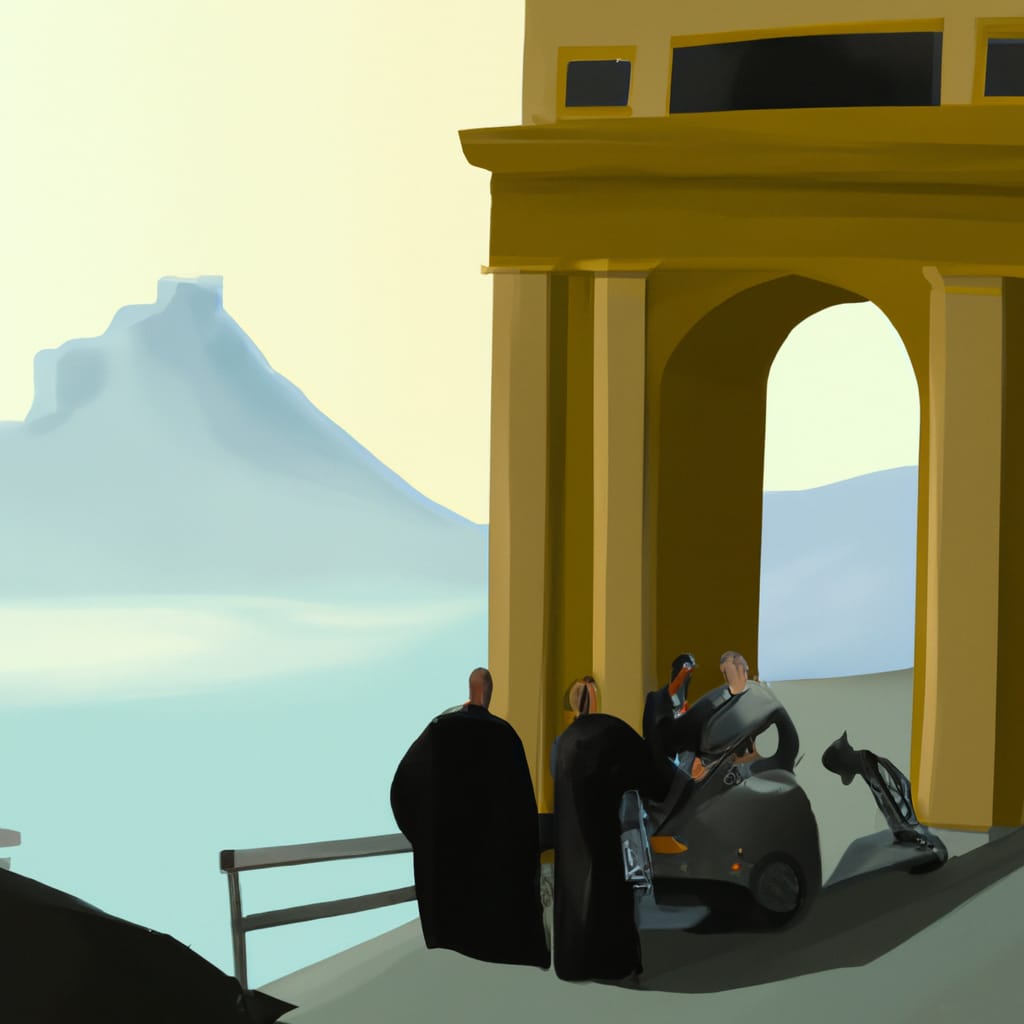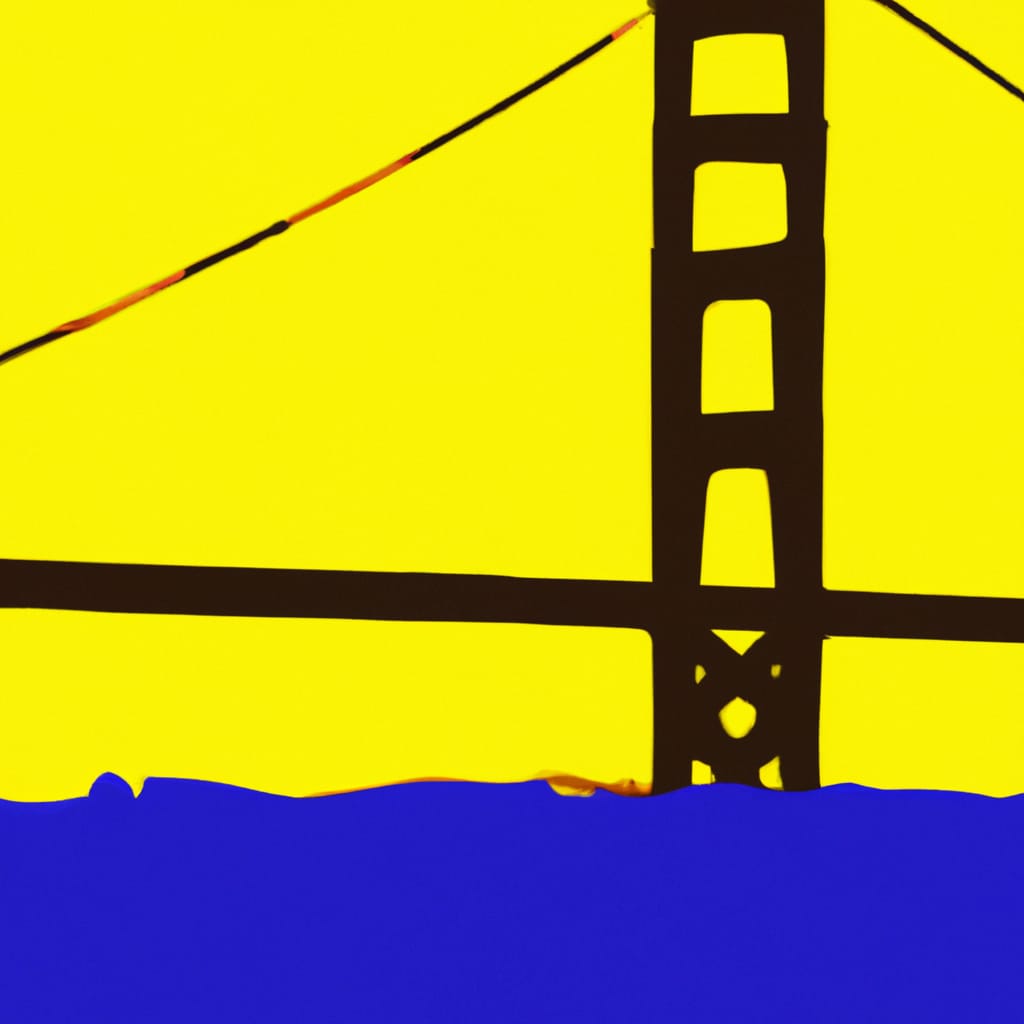The dividing line between virtual characters and real people is getting ever more thin
New developments in Ai – based video creation are rapidly blurring the line between reality and simulation. With the advent of animated photographs, talking characters can now be created that are almost indistinguishable from real human beings. It’s a special time in the field, with most experts predicting that we could see fully realistically moving and talking AI-generated people becoming commonplace within just one to two years. This technological leap is expected to have a profound impact on society. Teams will soon have virtual members and employees will have virtual colleagues. But the potential applications of this technology extend far beyond the workplace. In the realm of entertainment, for instance, we can expect to see a revolution in the way films, TV shows, and video games are made. Therapy and counseling could also be revolutionized, with virtual therapists offering a level of personalization and accessibility that is currently impossible. In politics, consulting services, banking, and beyond, we could see dramatic changes as people form relationships and forge partnerships with their virtual counterparts. It’s a brave new world, the possibilities are endless but so are the risks for human society.









































